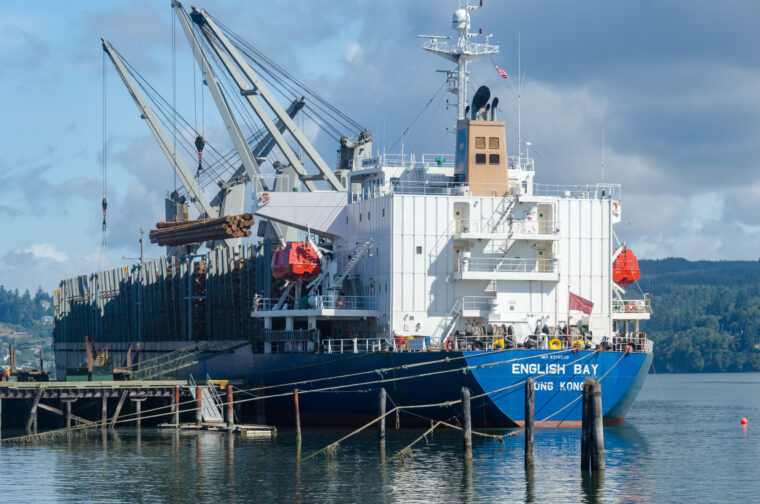
This story was originally published in the Government Contracting Pipeline newsletter from Strategic Partnerships, Inc. To have the latest government contracting news stories from across the country delivered straight to your inbox, click here to subscribe.
The Oregon International Port of Coos Bay will receive $25 million from the U.S. Department of Transportation (USDOT) to advance a state-of-the-art container terminal construction project. The funds will enable the project to enter the design phase for a railyard, container yard, wharf and berths. The project’s total cost is estimated at $2.3 billion.
The Pacific Coast Intermodal Port (PCIP), once completed, will be the first fully ship-to-rail port facility on the West Coast. The facility will predominantly rely on electric power to unload ships, transfer cargo and repower berthed vessels, which is part of the port’s overarching goal to reduce greenhouse gas (GHG) emissions.
The port split the project into three main components – the intermodal terminal, navigation channel and rail line. The port’s first order of business will be to build a container and rail yard, expanding the port’s cargo capacity. The port will then deepen and widen the Coos Bay Navigation Channel to accommodate larger ships. In addition, plans include improving the rail line by increasing the air draft of all nine tunnels, extending and adding siding and rehabilitating bridges and rails.
The port will build three berths outfitted with electric power plug-ins to charge docked ships. Plans include using electrified ship-to-shore gantry cranes to unload cargo directly from vessels to the rail yard. The project will also build a vessel-turning basin, implement protective measures for the North Jetty, relocate aids to navigation and increase advanced maintenance dredging. The port anticipates using multiple renewable energy sources to support operations and reduce GHG emissions.
USDOT provided the funds through the Infrastructure for Rebuilding America (INFRA) grand program. The initiative provided financial support for complex infrastructure projects multimodal that improve safety, mobility and efficiency. Projects include freight, highway, bridge, rail, wildlife crossing, surface transportation or marine highway corridors.
Oregon is one of 36 recipients receiving a share of the recently announced $2.6 billion in INFRA funds. The latest round prioritizes enhancing the mobility and safety of freight and transportation projects in rural and urban communities. Since 2020, both the INFRA and National Infrastructure Project Assistance (Mega) grant programs have contributed $12.8 billion to 140 projects nationwide.
Photo courtesy Oregon State Archives
The post Oregon port to use $25 million to design $2.3 billion clean energy port appeared first on Government Market News.
